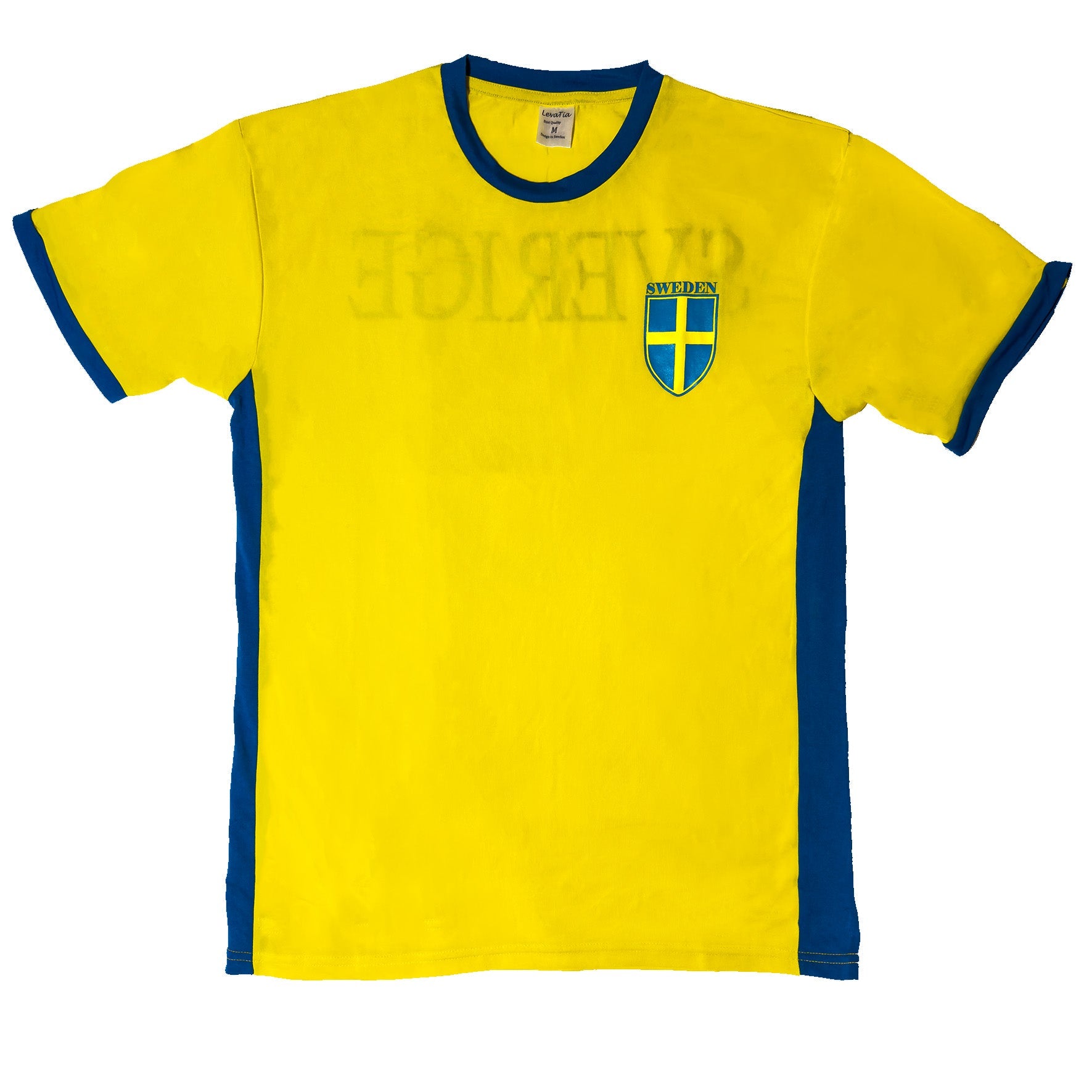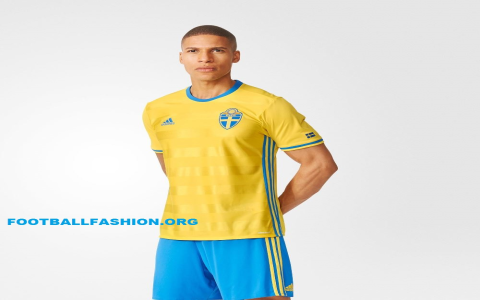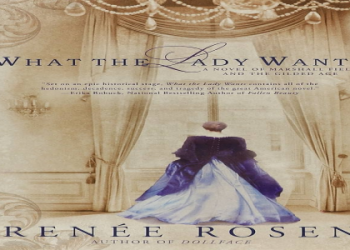From the frozen pitches of Norrland to the floodlit stadiums of Stockholm, the Sweden soccer kit has long been more than fabric—it is a national banner waved by eleven players and millions of supporters. First sewn in 1904 for the country’s maiden international, the canary-yellow jersey and cobalt-blue shorts instantly distinguished Blågult from continental neighbors. Over a century later, those same colors still ignite recognition, but every stitch now carries technology, sustainability, and cultural memory.
**Design DNA**
The palette is no accident. Yellow symbolizes generosity and optimism; blue represents loyalty and truth—values embedded in the Swedish coat of arms. Early kits were heavyweight cotton, often hand-me-downs from English clubs. By 1958, when Sweden hosted the World Cup, the federation commissioned a lighter knit with a tonal crest, allowing hosts to glide past defenders all the way to the final at Råsunda. The shirt worn by skipper Nils Liedholm that summer is now displayed in the Swedish Football Museum, its collar still showing grass stains from the semifinal against West Germany.

**Modern Engineering**
Today’s player-issue jerseys are constructed from 100 % recycled polyester, each set diverting fourteen plastic bottles from Baltic Sea waste streams. Adidas’ HEAT.RDY technology integrates laser-cut micro-vents that open when body temperature rises, cooling athletes during midsummer qualifiers. Inside the hem, a NFC chip links to a unique digital passport, verifying authenticity and offering fans exclusive content—an innovation first tested during UEFA Women’s Euro 2022, where Sweden’s kit became the tournament’s best-seller.
**Cultural Resonance**
Away from the elite stage, the shirt unites diaspora in Los Angeles bars and Thai beach tournaments. During the 2018 men’s World Cup, IKEA stores worldwide turned cafeteria TV walls into spontaneous fan zones; employees received limited-edition scarves matching the matchday stripes. For immigrants who arrived in the 1990s, seeing Zlatan Ibrahimović stretch the jersey’s three stripes across his shoulders rewrote what it meant to be Swedish—yellow no longer exclusively Nordic, but plural and global.
**Sustainability Forward**
In 2023 the Swedish FA pledged to halve kit-related emissions by 2030. Future replicas will use undyed yarn to reduce water usage, and numbering will be applied via plant-based transfer films. Fans can return outgrown jerseys to stadium kiosks; fabric is shredded, pelletized, and remade into bench seating in youth academies—closing the loop so tomorrow’s talents literally sit on the legacy of today’s heroes.
Whether pulled on by a seven-year-old in Växjö or a veteran at her fourth World Cup, the Sweden soccer kit continues its quiet proclamation: innovation wrapped in identity, stitched for shared dreams.














